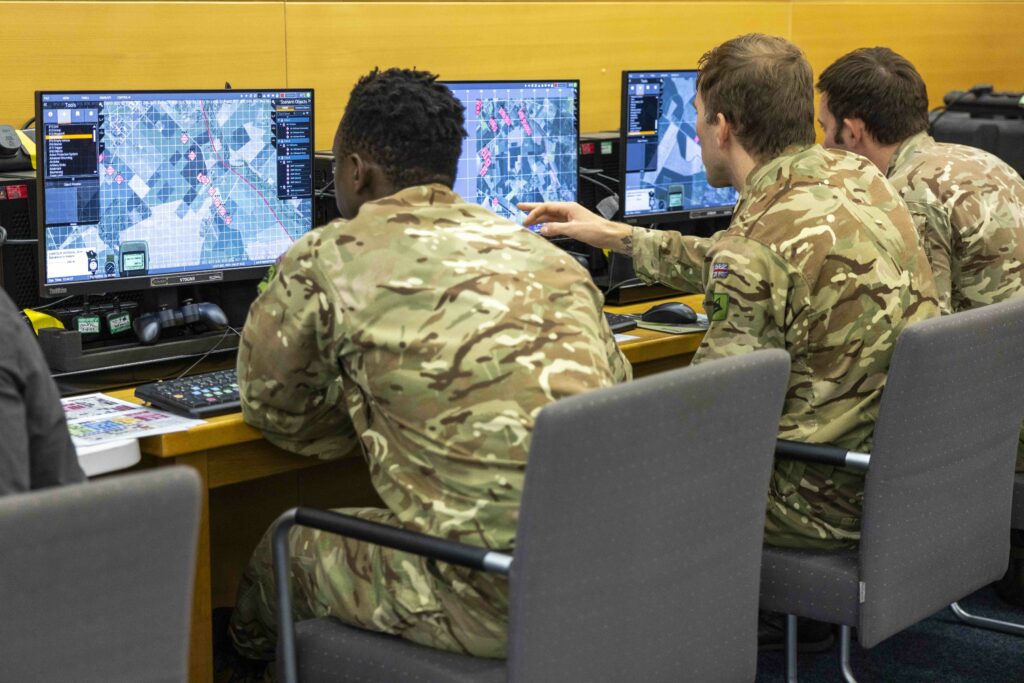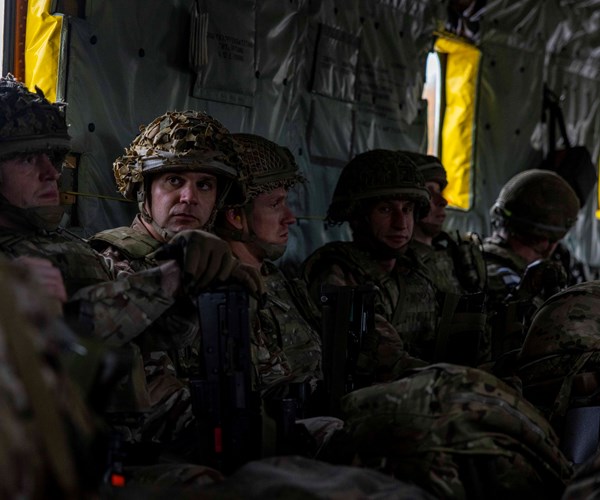
The purpose of Exercise Cerberus
This year the exercise took place in the NATO Forward Holding Base in Sennelager, Germany and involved other NATO members including US, French and German allies.
The large-scale command post exercise aims to confirm that the five British Army brigade headquarters that sit within the division are ready for operations. This year the exercise, previously held in the UK on Salisbury Plain Training Area, moved to its new central European location to test its ability to move personnel and equipment on a large scale and to operate in an expeditionary setting rather than being close to home.
The role of DIO staff in Exercise Cerberus
DIO staff out in Germany are responsible for the safety and compliance of all built assets on the MOD estate in Germany as well as being responsible for delivering a Safe Place to Train. The area covers 120km2 and we are responsible for 17 in-use live fire ranges. During Exercise Cerberus the team out in Germany were extremely busy!
To prepare for the exercise – as we do for all exercises out here in Germany – the team ensured the availability of suitable living, catering and technical accommodation for troops, and prepared the training area for use by the 3 UK Division staff to conduct a dry training command exercise which, incidentally, was the largest activity for decades on the area.
The challenges of supporting such a large exercise
The biggest challenge we faced was the fact that the area has been used as a live fire area for over 130 years, which has inevitably left an explosive legacy. During the preparation phase there was a significant residual Unexploded Ordnance (UXO) risk which we needed to deal with. Working closely with 35 Engineer Regiment (Explosive Ordnance Disposal [EOD] and Search unit) personnel – who deployed their specialists to conduct specific area clearance – and a civilian EOD contractor we were able to make the area safe for the exercise.
During the exercise DIO’s Range Control staff were always on hand to offer support either face to face or by telephone or radio. We also conducted regular perimeter patrols to prevent potential incursions by the public which could have potentially disrupted the exercise. We provided logistic and medical advice and guidance throughout too and acted as the liaison with the emergency services in the event of an incident.

Keeping the training area running: prepare, use and reset
As the exercise began to close down, DIO staff were involved in returning the training areas back to their original state; we conducted damage assessments and repair planning, effectively cleared waste, including contaminated waste, and provided suitable vehicle wash down facilities to the exercising troops.

There’s never a dull day for the team out here in Germany as we support military training and conduct a continual cycle of prepare, use and reset.